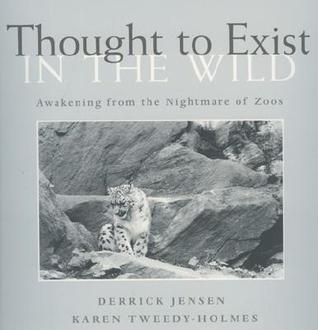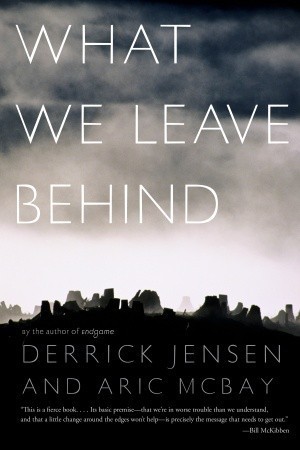
Thought to Exist in the Wild: Awakening from the Nightmare of Zoos
Book Description
Imagine a world where the cries of captive animals pierce the silence of our conscience. Derrick Jensen's 'Thought to Exist in the Wild' shatters the comforting illusion of zoos, plunging into the dark realities of confinement, exploitation, and the desperate longing for freedom. Through visceral storytelling and poignant insights, it challenges every notion of human superiority and compassion, propelling readers toward a profound awakening. As the boundaries between humanity and the animal kingdom blur, one must confront a haunting question: what price are we willing to pay for our entertainment, and what truths lie hidden in the wild?
Quick Book Summary
"Thought to Exist in the Wild" by Derrick Jensen offers a provocative critique of zoos and the fundamental assumptions that support their existence. Jensen argues that zoos represent not conservation or education, but imprisonment and exploitation, reinforcing damaging hierarchies between humans and animals. Through powerful anecdotes and incisive philosophical reflections, he challenges readers to consider the psychological and physical suffering of captive animals, the ethical contradictions of zoos, and the deeper implications for how humans relate to the natural world. The book exposes the illusion of benevolence offered by zoos, urging a collective reconsideration of entertainment rooted in confinement. Ultimately, Jensen calls for an awakening to the true needs and rights of wild animals, and a radical transformation in our relationship with nature.
Summary of Key Ideas
Table of Contents
The Illusion of Ethical Zoos
Derrick Jensen’s "Thought to Exist in the Wild" begins by dismantling the common justifications for zoos, such as conservation, education, and entertainment. He pierces through the comforting narratives, exposing how these institutions primarily serve human interests while ignoring the well-being of animals. Jensen describes how people, especially children, are taught to see zoos as harmless or even beneficial, all while reinforcing a worldview in which nonhuman animals exist solely for human use. Through penetrating analysis, he reveals the fundamental contradiction at the heart of the zoo: the claim to protect and represent wildlife while perpetuating their captivity and suffering.
Animal Suffering and Loss of Freedom
Central to Jensen’s argument is the psychological and physical toll that zoos exact upon animals. He documents cases of stereotypic behaviors—repetitive, obsessive actions stemming from boredom and stress—which are symptomatic of deep trauma. The book paints vivid portraits of animals pacing endlessly, unable to fulfill their innate desires or social structures. Jensen’s compelling storytelling invites readers to empathize with animals’ isolation, deprivation, and the profound loss of freedom that comes with captivity, challenging the reader to recognize the moral cost of caging wild beings for human amusement.
Human Superiority and the Domination Paradigm
Jensen doesn’t simply critique zoos in isolation; he situates them within a wider cultural context of human exceptionalism and dominance over nature. He interrogates the anthropocentric ideologies that have normalized the conquest and control of other species, suggesting that zoo culture is a natural outgrowth of broader patterns of environmental exploitation. By examining the language we use to categorize animals and justify their treatment, Jensen exposes the pervasive attitudes that shape our relationships with the nonhuman world and calls for a shift away from seeing animals as objects to possess.
The Bankruptcy of Conservation Justifications
Challenging the conservation argument, Jensen methodically dissects the claim that zoos protect endangered species, highlighting instead their limited success and tendency to prioritize entertainment value over genuine preservation. He exposes cases where captive breeding programs do little to secure wild populations, and questions the value of ‘preservations’ that strip animals of agency and fail to address the root causes of species loss in the wild. The book intensifies its critique by pointing out how zoo resources could be more ethically and effectively used in conservation efforts that respect wild habitats.
Toward a New Relationship with Nature
As the narrative concludes, Jensen shifts from critique to envisioning change. He calls on readers to cultivate empathy for animals and to reject systems that perpetuate their suffering. Emphasizing the interconnectedness of all life, he urges a moral and practical awakening, where humans respect the autonomy and integrity of other species. As the boundaries between humans and animals blur, Jensen invites both personal accountability and collective action, advocating for a world in which wildness is valued for its own sake, unshackled from the confines of human entertainment and control.
Download This Summary
Get a free PDF of this summary instantly — no email required.





